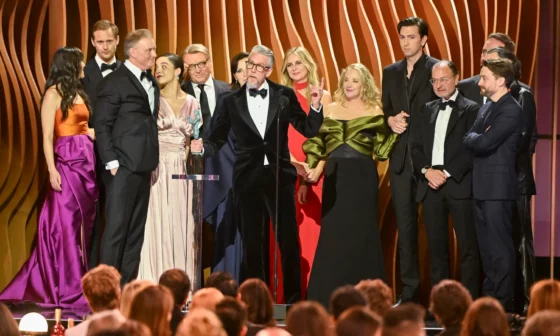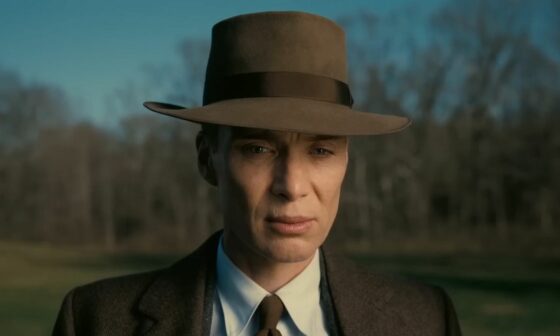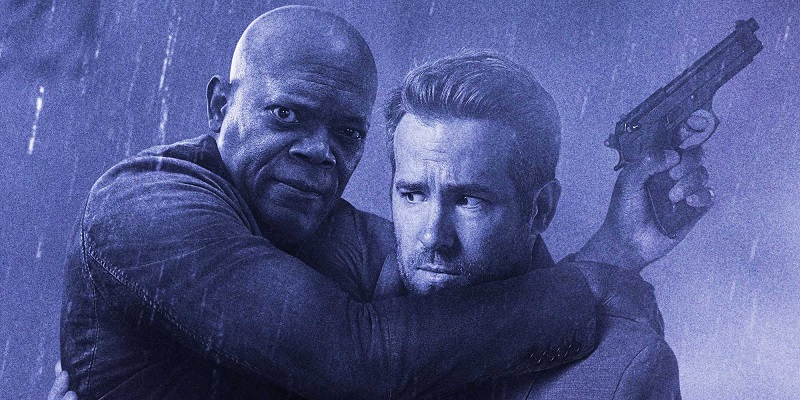
The Hitman’s Bodyguard is an attempt to revive the buddy-comedy and had a pairing that would please any fan of the genre. But even an all-star duo can’t save a film if its screenplay leaves no cliché unturned.
Michael Bryce (Ryan Reynolds) was a highly rated bodyguard whose reputation shatters in an instant when one of his clients was assassinated. Reduced to protecting nobodies like coke-addicted lawyers, Bryce is given an opportunity to regain his status when he is asked to escort a witness from England to The Hague to testify at International Criminal Court. Unfortunately for Bryce the witness is his old rival Darius Kilgrave (Samuel L. Jackson).
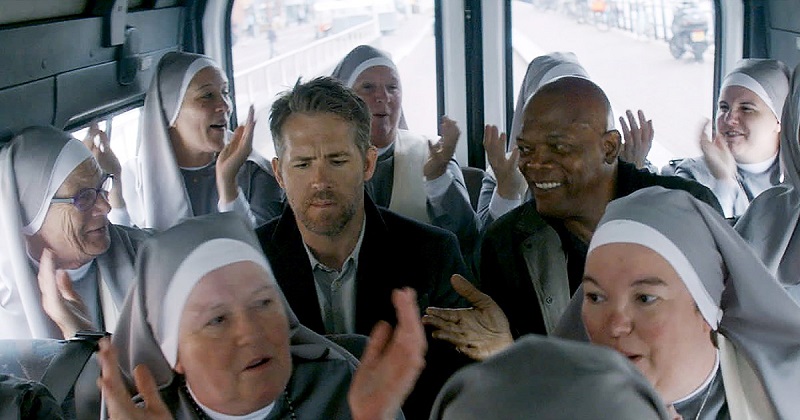
The Hitman’s Bodyguard winning feature is its two leads – actors who are known for playing larger-than-life characters. Jackson especially is having fun as the assassin who has a carefree, go-with-the-flow attitude compared to Reynolds as a straight man act who likes to be prepared. It is weird to cast an actor known for his ability to ad-lib to be the serious one out of the pair.
For superhero fans it is amusing to see three Marvel heroes appearing together in the same film – Deadpool, Nick Fury and Élodie Yung, AKA Elektra in the MCU Netflix shows.
Although Reynolds and Jackson made for a great double act other actors were not so lucky. Salma Hayek has the worst material as Kilgrave’s incarcerated wife who main character traits were anger and excessive swearing. It grates quickly. Her only real highlight was a flashback showing she met Kilgrave in the traditional Latino way – a bar fight. Also her prison is in the middle of the museum district of Amsterdam, one of the biggest tourist distinctions in the city.
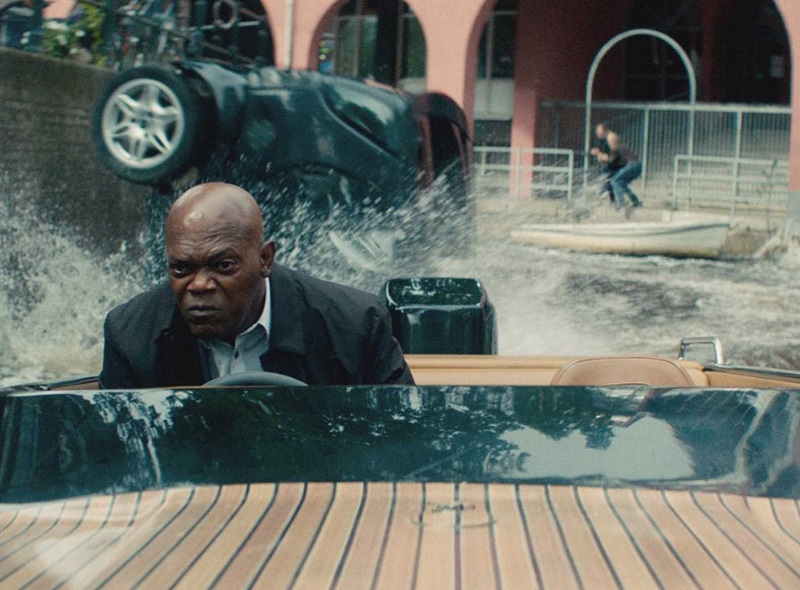
The screenplay for The Hitman’s Bodyguard was placed on the 2011 Black List of the best-unproduced screenplay. However, during production it was re-written to be a comedy. As a story it is predictable, it is easy to guess some of the major plot points and jokes are predictable. There is a moment halfway through the film which was meant to be a big reveal but everyone would have been able to guess from the outset.
The film even has a subplot involving a mole within Interpol who is working for the bad guys and hence why Bryce and Kilgrave have to work alone. However, considering Joaquim de Almeida‘s filmography it was more a question of when it was revealed he was the mole, not if.
The film does attempt to have some more substance with Kilgrave and Bryce having an ethical debate over who is really the good guy. Bryce argues that he protects life whilst Kilgrave takes it away. Kilgrave’s argument is he only assassinates bad guys like weapons dealers and drug barons, the people that Bryce usually protects. But this debate is fleeting.
The Hitman’s Bodyguard was directed by Australian filmmaker Patrick Hughes, best known for making The Expendables 3 – the weakest out of all The Expendables movies but had some terrific action scenes.
The Hitman’s Bodyguard does suffer from some close up shaky cam during the first act, the worst offender being when Kilgrave and Bryce fight each other – an obvious attempt to hide the stunt doubles.
It was when the film moves to the Netherlands that it comes to life. Amsterdam made for a great setting for a chase sequence, using the city’s canals, roads and footpaths as the bad guys chase Kilgrave and Bryce takes them down.
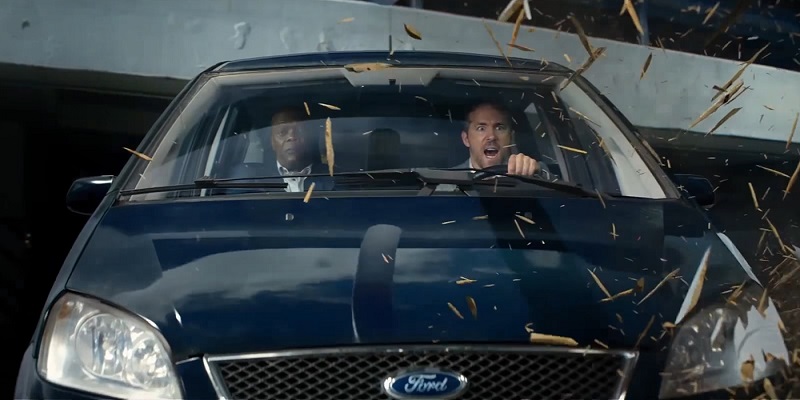
The action continues in The Hague and has an insane car and foot chase combo in the Dutch city, with Mr. Jackson driving a car audiences wouldn’t expect him to have. The Hitman’s Bodyguard is possibly the first film to have an action scene set in Coventry.
The Hitman’s Bodyguard is at its best when Jackson and Reynolds are riffing off each other and they are clearly having a blast. One of their comedic highlights is when they are in a minibus with a group of nuns. There are some solid action sequences in the film, but it is not enough to save it from a predictable screenplay. 2017 has better action offerings.
#Peace.Love.TheHitmansBodyguard




